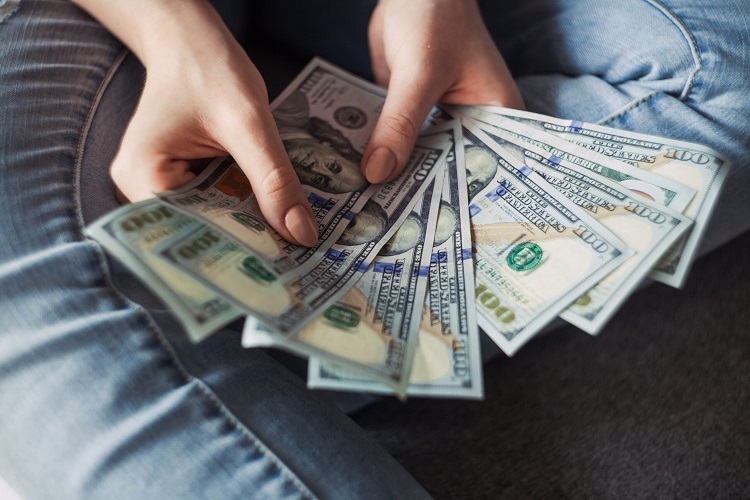As a portfolio manager and a skilled investor with years of experience in investment
management, my job is to exchange closed-end or traded assets and implement
investment strategies, whilst maintaining day-to-day portfolio trading. Thus, when NFTs
became a thing, it was the most natural thing for me, Edward Aksel, to invest in, and I am
glad I did.
Table of Contents
What are NFTs?
This acronym has gained worldwide popularity in 2021, although it has been around since
2014. Non-fungible tokens (NFTs) are non-transferable traded assets part of the
blockchain technology. NFTs come in the form of digital tokens that companies, investors,
and institutions are looking to invest in. NFTs represent intangible and tangible objects
such as art, videos, music, and digital artwork. These are all things that have evolved from
being collectables to becoming investments that are at times worth millions of dollars. The
tokens are referred to as ‘non-fungible’ because unlike physical money and
cryptocurrencies like Ethereum and Bitcoin, NFTs cannot be traded or exchanged for one
another and each non-fungible token has the signature that makes it difficult for it to be
exchanged or equal to another NFT.
How do NFTs work?
NFTs exist within the blockchain system, a circulated public register that records
transactions.
Ultimately, NFTs are a physical collector’s item in digital form. Therefore, instead of buying
an actual painting, one can buy it as a digital file. Moreover, with an NFT, buyers are the
sole owners of the piece, with ownership rights and a unique data that makes it easy to
identify and verify the owner of the NFT. Thus, you can think of an NFT as digital proof of
ownership of the digital asset.
How are NFTs used?
Blockchain technology and NFTs give artists and content creators a unique chance to
monetize their products. For example, galleries and auctions are no longer the only
sources from which artists can showcase and sell their art. Instead, artists can sell their art
as an NFT to a consumer.
How does one invest in NFTs?
To invest in NFTs you’ll need a digital wallet that allows you to keep your NFTs and
cryptocurrencies stored in and you can then get investing. It is that simple.
Selling NFTs
Once you’ve bought an NFT, it is solely yours to do as you please. You can either keep it
as a collectable, put it on display, align it to a larger digital project, or even sell it. To sell
your digital asset, you must first upload it to a marketplace supported by the blockchain
that the NFT is built upon. The next step is to set a price for it or sell it auction-style.
However, you must always bear in mind that the market value for the NFT is driven by how
much the crypto community is willing to pay for the product you are selling.
Why invest in NFTs?
As a portfolio manager, I have been investing in NFTs for the past five months, and I am
amazed by the success level and high return on investment rate they offer; however, that’s
not all. NFTs guarantee peace of mind as your collectables cannot get stolen, lost or
damaged over time. What’s even better is that the value of NFTs increase quicker than the
value of real-world objects, such as a retro Lamborghini or a Rolex, do. It takes years for
such items to increase in value, whilst you can buy an NFT for $1,000, or even less, and
its value can go up to $32,000 in just a month.
NFTs have a bright future and great potential in the world of investment, especially for
collectors. Take Bitcoin, which was first traded back in 2009. Back then, one could buy the
digital currency for just a few cents. However, prices then began to rise, and today, the
Bitcoin market is worth approximately $800 billion – becoming one of the largest
cryptocurrencies in the capitalization market. Therefore, most of the investors who
invested in Bitcoin when it was first introduced, are now enjoying the wealth they acquired
through it.









